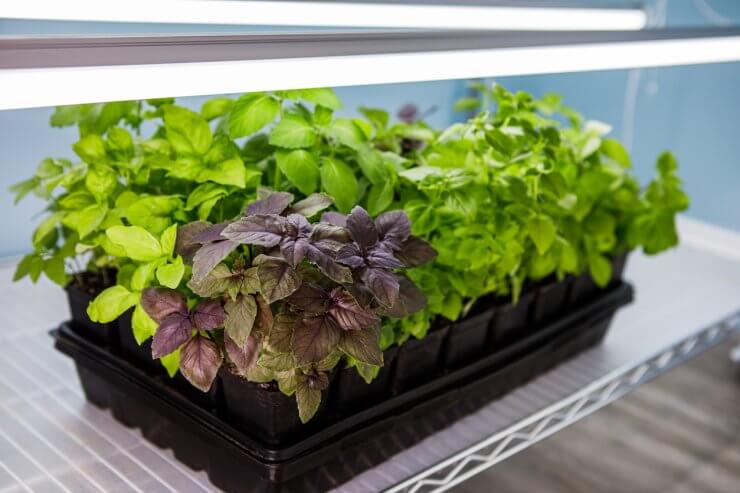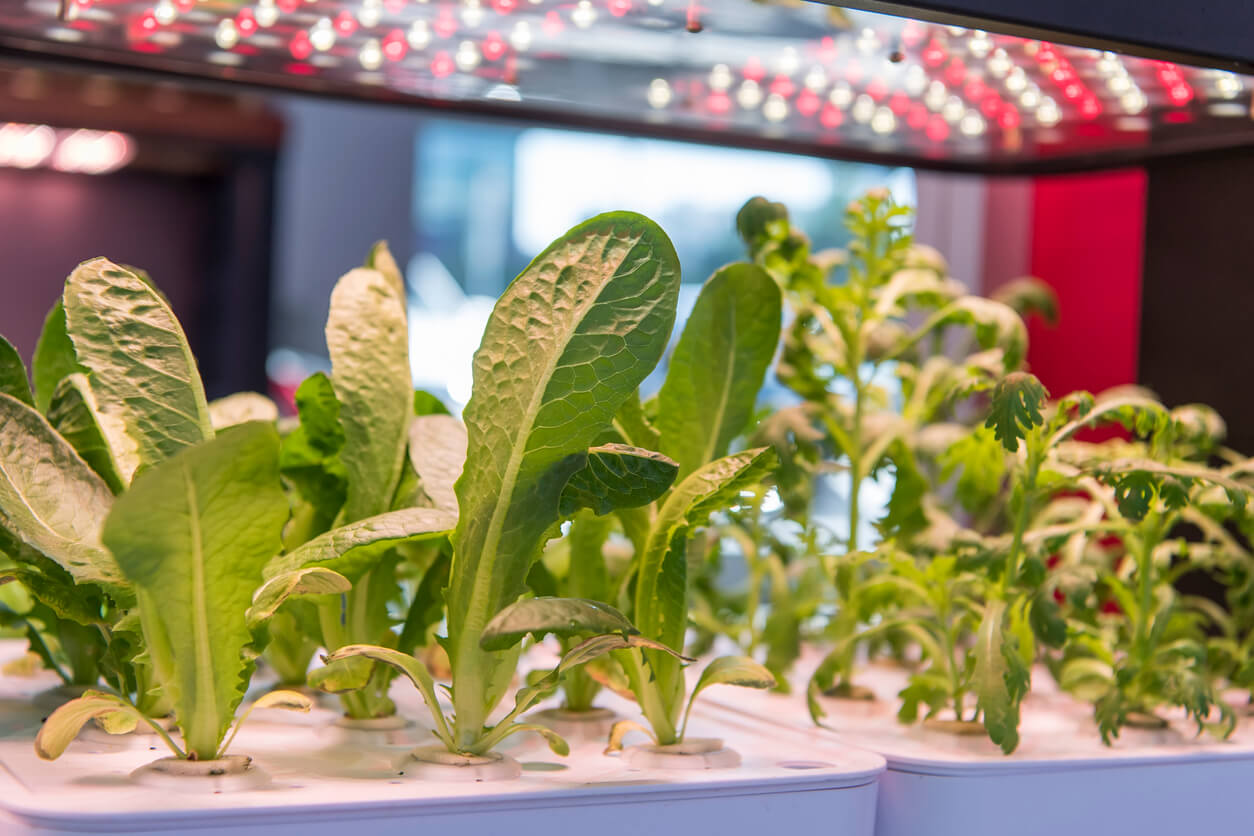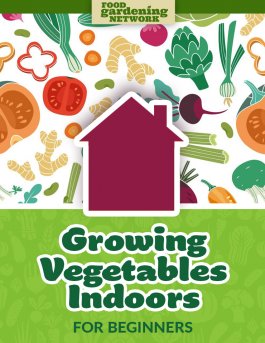
One of the elements a garden needs to grow is a healthy amount of sunlight. That’s easier said than done in some locations. Long winters, no space, or other conditions may require that some of our gardens have to move indoors, making indoor garden lights essential.
I’m endlessly fascinated by how plants collect energy from sunlight to create oxygen and the sugars they need to thrive. Which, of course, means you and I can eat. In fact, the entire food chain breaks down pretty quickly without photosynthesis. And it all starts with light.
However, all light is not the same. That’s why many of the grow lights available offer “full spectrum” light, which means they produce light across the visible spectrum, from red to violet. Those ranges are important because, generally speaking, the light on the violet and blue end of the spectrum is important for photosynthesis and growth, while light from the red end of the spectrum is important for flowering and budding.
While you can certainly mix and match lights to get the desired light spectrum, or go for an all-in-one solution, there’s another factor that impacts how your plants grow.
Discover the 3 top options for growing vegetables indoors—when you access the FREEBIE Growing Vegetables Indoors for Beginners, right now!

Positioning your indoor garden lights for success
How do you position your indoor garden lights? One thing that sunlight has going for it is the fact that it hits the earth at all angles. Depending on the time of year and the time of day, sunlight might reach our garden from directly overhead or at an extreme angle, or anywhere in between. Even throughout a typical summer day, as the sun traverses the sky, plants will enjoy the light at different angles and in shifting patterns as shadows move and clouds roll by.
Most indoor garden lights, on the other hand, are stationary. The energy of their light reaches your plants at one angle, which is usually from directly overhead.
Stationary isn’t necessarily a bad thing. With your indoor grow lights positioned directly overhead, your plants can still get a good “jacket” of light.
You also want to consider spread. When lights are directly overhead, plants toward the edges may not get the same quality of light that plants in the middle will get. You can solve this issue by adding additional lighting or by limiting the size of your indoor garden. Of course, there’s nothing wrong with doing what you do and hoping for the best. Some of my most interesting garden successes have come about that way.
The big question I think a lot of people have is in regard to distance. How far away should your indoor garden lights be from your plants? Depending on the light, the manufacturer may have recommendations.
One manufacturer recommends placing LED lights 6 inches from the top of the plants and placing fluorescent lights 12 inches away. I’ve also seen recommendations for placing indoor garden lights as little as 4 inches away from your plants.
One suggestion I love comes from the University of New Hampshire Extension, “If the seedlings burn, move the lamp further. If the seedlings stretch, move the lamp closer and/or run it for longer.”
I can really appreciate this approach, as there are so many variables in gardening, from the type of soil you have to temperature and the amount of light a given plant might need. It pushes you to pay attention to your plants and determine what’s best for them in a given situation.
When you set up your indoor garden lights, an excellent starting point is directly overhead with the light about 6 inches away from the top of the plants. If your plants are thriving, just move the light up as they grow.
Do you use grow lights for your indoor garden? How do you position them for the best results?
Note: Food Gardening Network contains links to affiliate websites, including Amazon and Rakuten Affiliate Network, and we may receive a commission for any eligible purchases made by you through links on this page. Any reviews are based on honest reviews of the products.
Discover the 3 top options for growing vegetables indoors—when you access the FREEBIE Growing Vegetables Indoors for Beginners, right now!




